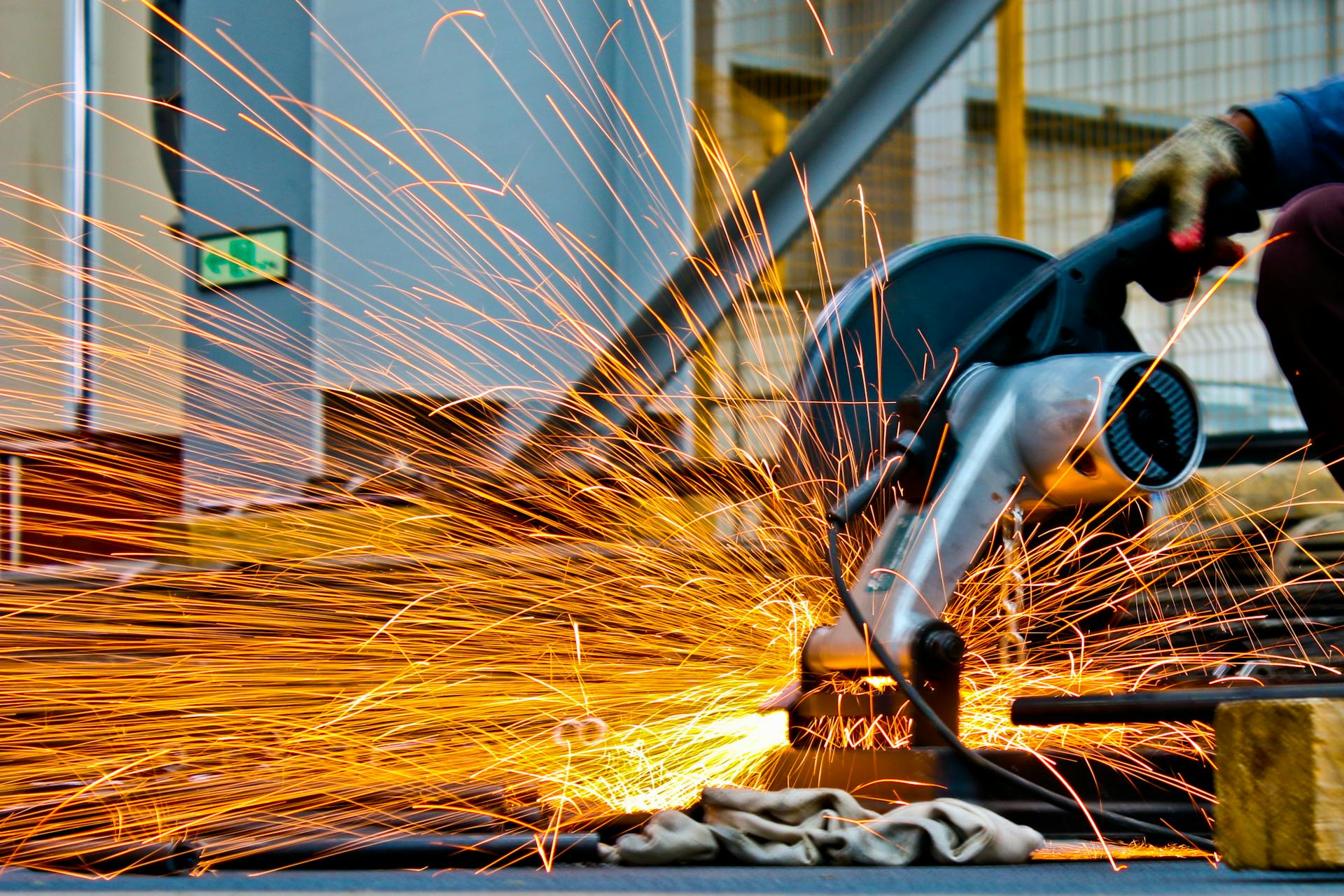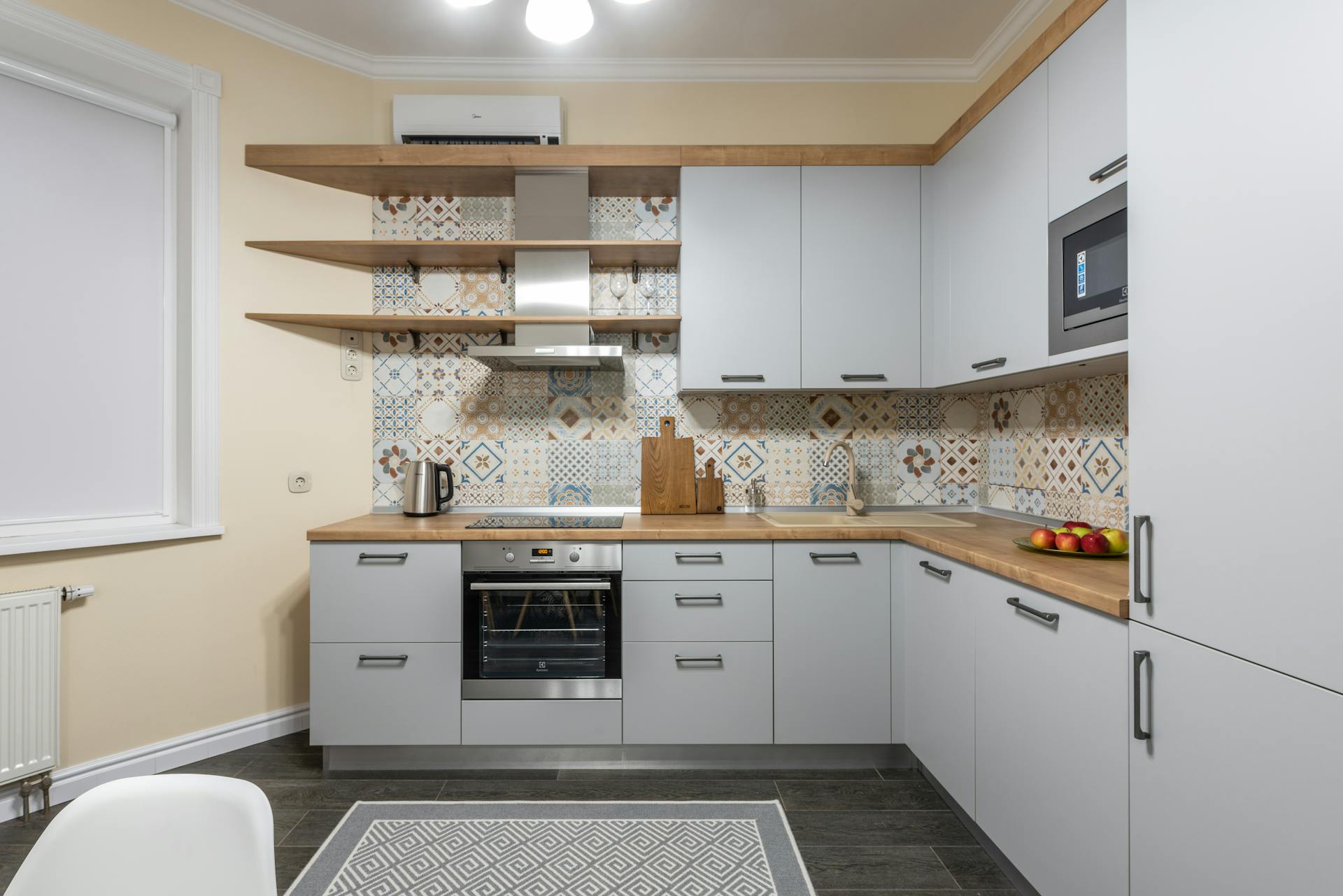
Radiant heat is a type of heating system that has been gaining popularity over the years. It operates by emitting infrared radiation from a warm surface, such as a heated floor or wall panel. Unlike traditional heating systems that rely on convection to circulate warm air throughout a room, radiant heat warms objects and people directly in its path, providing efficient and even heat distribution.
To give you a quick recap, traditional heating systems work by heating up the air inside a space and then circulating that hot air through ducts or vents to keep the room warm. Radiant heat, on the other hand, does not rely on air movement at all - instead it heats surfaces directly. Photo courtesy of various manufacturers can help us understand how radiant heat works and what it looks like in practice.
Quick Recap:

Radiant heat is a type of heating system that supplies heat directly to the objects and people in a room. Unlike traditional heating systems, which use air to circulate heat, radiant heating systems depend largely on infrared radiation. This means that the heat is transferred directly from a hot surface, like a hot stovetop element or the floor, to the people or objects in the room.
One popular type of radiant heating is called radiant floor heating, or simply floor heating. This system eliminates what's called "sick building syndrome" by eliminating recirculated air and providing more consistent temperatures throughout a space. Radiant floor heat has been around since ancient times - even the Roman Empire used it to warm their homes and baths!
As energy-efficient solutions gain steam, radiant heating systems are becoming more popular than ever before. With radiant solutions like radiant floor heat, you'll experience more comfortable temperatures and lower energy bills - all while enjoying the many benefits that come with radiant heat!
Benefits of Radiant Heat

Radiant heat is a type of heating system that uses panels or tubes installed in the ceiling, walls, or floors to transfer heat energy directly to objects and occupants in a space. According to Michael O’Rourke, National Sales Manager at Barcol-Air USA, radiant heat provides significant benefits over traditional air systems. Unlike air systems that rely on recirculated air and hidden support systems, radiant doesn’t eliminate fresh air and provides design flexibility.
Barcol-Air’s active beam system maintains constant control of indoor air quality by guaranteeing minimum fresh air delivery and room dew point monitoring using small high-quality sensors. This means higher levels of indoor air quality for building occupants as well as significantly reduced energy costs resulting from saved operating costs.
Radiant systems also offer health benefits by eliminating so-called sick building syndrome caused by recirculated air in standard air systems. Plus, they require minimal maintenance since they have no moving parts and operate quietly with minimal resulting noise pollution. The cost savings vary depending on the project's energy costs, but the long-term performance of radiant systems makes them a smart investment.
Discover the Magic of Radiant Heating: A Comprehensive Guide
A radiant heating system transfers heat directly to the walls and floors, creating warmth that stays close to the ground instead of rising upwards like warm air. This means that a room heated with radiant heating can feel cozy and comfortable even at lower temperatures than with a central heating system. The process is called convection, delivering heat through an entire room without using any visible grilles or air handlers.
Radiant heating systems operate quietly, meaning you won't hear any noisy fans or pumps whirring away in the background. And because they don't rely on blowing hot air around your home, there's reduced energy waste compared to traditional central heating systems - which means lower utility bills for you! Plus, installed radiant heating systems can improve indoor air quality by reducing airborne allergens and dust particles.
Hydronic floor heating systems pair perfectly with modern smart thermostats, allowing you to control your home's temperature from anywhere in the world. With a range of sizes and shapes available for every type of space, radiant heating is an excellent option for anyone looking to upgrade their home's comfort levels while reducing their energy usage and bills.
Radiant heating system installation

Radiant heating systems have become more popular in recent years because of their many advantages. Unlike traditional heating systems, radiant heat warms a room by emitting heat from the floor or walls. Installing this type of heating system can be a significant time investment since it requires tearing up the floors or walls to install the necessary components.
For retrofit applications, it is recommended to leave installation to an experienced professional. The installation process may require major structural changes and could be dangerous if not handled correctly. An experienced professional will ensure that your radiant heating system is installed safely and efficiently.
Overall, installing a radiant heating system can be a great investment for your home. While it may take some time and effort to complete the installation process, the benefits of having warm floors and walls are well worth it. If you're considering installing radiant heat in your home, be sure to consult with an experienced professional.
1. How is electric floor heating installed?
Electric floor heating is installed by professionals attaching electric cables to plastic mats for single-room installations or install batts of fiberglass insulation for larger areas. The current flooring must be removed, and a thin layer of leveling compound applied over the subfloor. Next, the plastic mats are rolled out and secured in place, followed by connecting the heating cables to the homes electrical wiring. Finally, ceramic tile or other flooring options can be installed on top of the heating system.
2. How is hydronic floor heating installed?
Hydronic floor heating requires water tubes to be installed in the ceiling underneath the flooring. The general process involves drilling holes in the floor joists to make room for the tubing underneath. If you're retrofitting an already finished home, the installer will follow a similar process, but may need to add batts for insulation. After installation of the tubing, a heat source such as a water heater is connected and then the flooring can be installed on top. This easy process typically takes 8-16 hours for 1000 square feet and is a great option for lower end radiant-heated floor installations.
3. How are radiant heating panels installed?
Radiant heating panels are typically installed under the floor, or in the case of room panels, on the wall or ceiling. The installation process takes 1-3 hours and involves laying down insulation and then attaching the panels to the subfloor or wall. These panels provide a comfortable and energy-efficient way of heating a space by directly warming the objects and people in it, rather than just blowing hot air around like traditional HVAC systems.
Frequently Asked Questions
Is radiant the same as infered heat?
No, radiant heat refers to the transfer of heat through electromagnetic waves, while infrared heat specifically refers to the transfer of heat through infrared radiation.
How much does a radiant heat system cost?
The cost of a radiant heat system varies depending on the size of your home and the type of system you choose, but it can range from $5,000 to $15,000. Additional factors that may affect the cost include installation fees, insulation upgrades, and thermostat options.
What are the properties of radiant heat?
Radiant heat is a form of energy that travels through space without heating the surrounding air. It warms objects and people directly, making it more efficient than traditional heating methods.
How does a radiant heating system work?
A radiant heating system works by using a network of pipes or electric heating elements installed beneath the floor, ceiling, or walls to transfer heat directly to objects in a room. This creates a comfortable and efficient heating environment that evenly distributes warmth throughout the space.
Is radiant heat more efficient than traditional heat systems?
Yes, radiant heat is more efficient than traditional heat systems because it directly heats objects in a room instead of wasting energy on heating the air. This results in lower energy costs and increased comfort levels.
Featured Images: pexels.com


